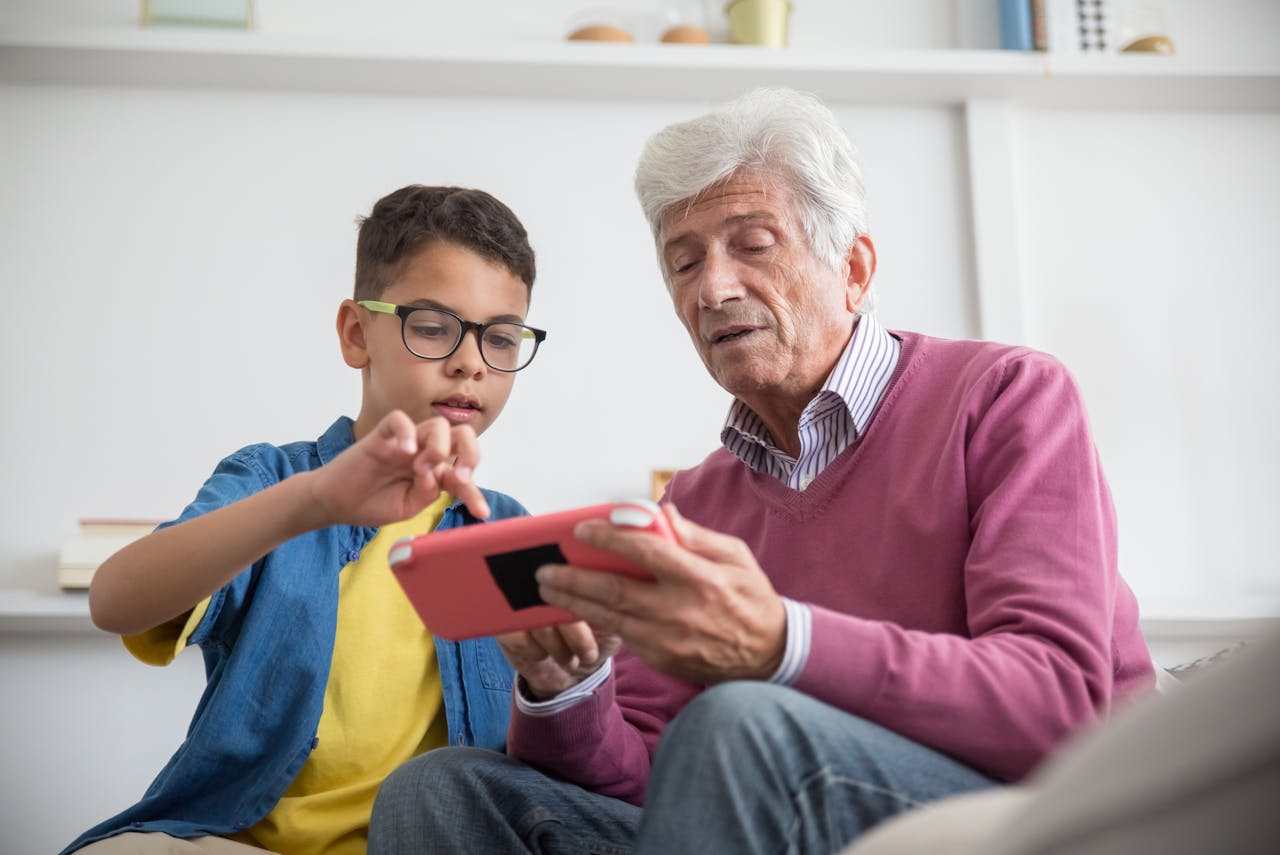Parents often think that quality learning tools for children must come with a high price tag, but that’s not always the case. With the right resources, kids can learn, explore, and grow without parents spending a fortune. Many free kid learning games combine fun themes, interactive challenges, and age-appropriate lessons that build real skills, and platforms like binibambini.com prove that educational content can be engaging and accessible at the same time, helping kids learn through play in a safe and colorful environment.
To make the most of free learning games:
- Pick games that are easy to navigate, so children can play without constant help.
- Look for activities that adapt to your child’s skill level.
- Choose safe platforms that keep the focus on learning, not on ads.
- Mix digital learning with offline activities for balance.
For example, instead of just watching a video about animals, your child could play an interactive zoo game where they match each animal with its favorite food. The same 10 minutes become an engaging lesson in memory, vocabulary, and categorization.

Why Drawing Is more than just fun
Drawing isn’t just an art activity — it’s a way for children to process the world, express themselves, and develop important motor and cognitive skills. Each time a child picks up a pencil, they’re strengthening hand-eye coordination, improving concentration, and practicing patience. In early childhood education, drawing is also a gateway to problem-solving, as kids figure out how to represent ideas visually.
Encouraging children to draw regularly has benefits that go beyond paper:
- Fine motor skills develop as kids control lines and shapes.
- Creativity grows when they imagine and design their own characters or scenes.
- Confidence builds as they see their abilities improve over time.
- Emotional expression helps them communicate feelings they might not yet have words for.
One parent shared that her daughter started by drawing simple stick figures on a tablet. After a few months of regular play with drawing apps, she was sketching entire story scenes with trees, animals, and characters — a big leap in both skill and imagination.
Learning through digital art worlds
In the digital age, drawing can go far beyond paper and crayons. Interactive platforms turn art into a playful learning experience, guiding children through activities that combine creativity with structured lessons. One great example is kids Bini game drawing academy, available at https://binibambini.com/products/drawing-academy/, which guides children through drawing lines, shapes, and colors while gradually introducing them to more complex techniques in a fun, creative way.
Here’s what makes such platforms so effective:
- Step-by-step guidance that builds skills progressively.
- Fun characters who motivate kids and keep them engaged.
- Creative freedom alongside structured lessons for balance.
- Positive feedback that celebrates effort as much as results.
Imagine your child learning to draw a cat through simple guided steps, then proudly showing you the picture and later trying to draw a dog without any instructions. That moment of “I can do it myself!” is where skill meets confidence. On top of that, these environments often train memory and attention, as children recall previous steps, follow sequences, and notice small details needed to complete a task.
Turning creativity into lifelong skills
Drawing games and free educational resources aren’t just about keeping kids busy. They’re about building a foundation for skills that will serve them for life — from creative thinking to perseverance. When parents provide opportunities for kids to create, experiment, and learn in a variety of ways, they foster both independence and joy in learning.
Practical tips for supporting your child’s creativity:
- Set aside regular “art time” at home, both on-screen and off.
- Celebrate every creation, no matter how simple it may seem.
- Encourage storytelling along with drawing to develop imagination.
- Use digital drawing apps as a springboard for offline projects.
For instance, after playing a game about drawing farm animals, you might bring out some paper and crayons and ask your child to create their own “farm” from memory. The mix of digital and traditional art deepens their learning and makes the experience more memorable.
Because every sketch, every playful game, and every “Look what I made!” is more than just fun — it’s a step toward the confident, creative person your child is becoming. Give them the right tools today, and watch their imagination light up tomorrow.